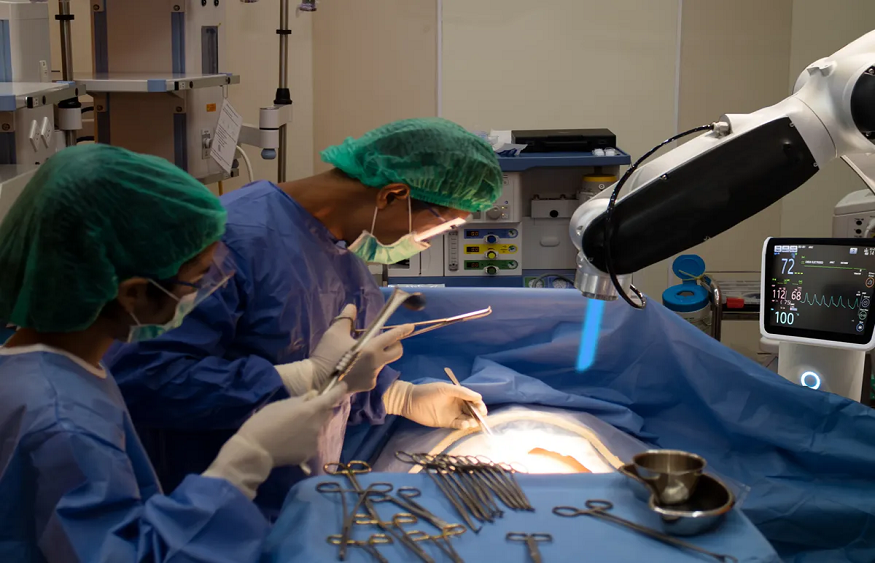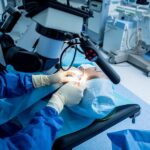
Meet Jeff Pan M.D. He’s at the forefront of a medical revolution. He isn’t waving placards or shouting slogans. His revolution is quiet, precise, and deeply personal. It’s a revolution of tiny movements and millimeter adjustments. It’s a revolution happening inside the human skull. Welcome to the world of neurosurgery, where robotics are changing the game. Jeff Pan M.D. and his team are leveling up the field of brain surgery, fine-tuning procedures, and giving patients a shot at a better life. Let’s dive right in.
The Robotics Revolution
When you think of robotics, what comes to mind? Maybe it’s advanced manufacturing lines or futuristic sci-fi films. But in the world of neurosurgery, robotics means a new level of precision. Guided by a surgeon’s expert hand, robotic tools can make minute cuts, removing tumors that were once considered inoperable. This isn’t science fiction; it’s happening here and now.
The Impact on Patients
Imagine waking up from surgery to the news that a dangerous tumor is gone. You’re relieved and grateful. In part, you have the steady hand of a skilled neurosurgeon to thank. But you also have a robot. That might sound strange, but it’s the reality for many patients these days. Robotics bring a level of accuracy and control that’s simply unmatched. And that means better outcomes for patients.
Creating a New Future
So, what does this mean for the future of neurosurgery? It means hope. It means possibility. The potential for robotics in medicine is just beginning to be tapped. As technology continues to advance, the possibilities will only grow. Imagine brain surgeries with minimal risk, faster recovery times, and even better results. That’s the future that Jeff Pan M.D. and his team are working toward.
The Role of the Neurosurgeon
Despite the wonders of technology, let’s not forget about the human touch. Neurosurgeons are the heart and soul of these procedures. Robots are tools, not replacements. The neurosurgeon’s experience, skill, and judgment guide the robotic tools. They are the ones making the critical decisions during surgery. And it’s their compassion that helps patients through their journey.
Conclusion
As we look to the future, it’s clear that the world of neurosurgery is being revolutionized. But it’s not just about shiny new robots. It’s about the surgeons who wield these tools, the patients whose lives are transformed, and the hope for an even more advanced future. So, here’s to the revolutionaries like Jeff Pan M.D. Here’s to the quiet revolution happening inside human skulls, one millimeter at a time.








